If you run into Richard Goodsell at a gear show—heck, even if you just spend a few minutes perusing his company’s website—you’ll soon find out why he’s famous for being a character who can barely get through a sentence without a double entendre or humorous metaphor. (One of his newest amps is called the Dominatrix, if that tells you anything.) But over the last six years or so, he’s also become pretty popular for his line of tube amps. Players like Sonny Landreth, Peter Buck, Vince Gill, Gilby Clark, Big Head Todd & the Monsters’ Todd Park Mohr, and Billy Gibbons are digging them, so you know something cool is going on inside his boxes.
We first heard the Goodsell Valpreaux 21 1x12 combo at the New York Amp Show last summer, and we’ve been eager to check it out ever since. What first piqued our interest was the fact that the amp is powered by two 6973s—tubes that were used in several 1960s Valco, Supro, and Gretsch amp circuits, but in little else that guitar players use. Once we heard it fired up, that sealed the deal. We knew the Valpreaux 21 was destined to be put through the PG paces.
The 21-watt Valpreaux weighs a very manageable 30 pounds—roughly three-quarters the heft of a blackface Deluxe Reverb—and it’s available in any covering or grill-cloth option listed on Mojo Musical Supply’s website. Ours came in striking red Tolex with a black-and-tan grill. Top-panel features include a delightfully simple EQ section with crème-colored Tone, Volume, and Gain knobs, as well as Reverb, Depth, and Speed knobs for the three-spring reverb and footswitchable, bias-vary tremolo circuit. There’s also a metal vent beneath the handle to help keep the tubes cool so they last longer and operate more reliably. Other Valpreaux features include a 12" Goodsell RGH speaker modeled after a Celestion G12H, three 12AX7 preamp tubes, and a 5AR4/GZ34 rectifier tube that runs approximately 390 volts.
Despite the fact that the 6973 power tube’s historical applications mostly include now-discontinued guitar amps and some hi-fi and juke-box applications, the fear of scarcity need not be a deterrent to guitarists: Electro-Harmonix is manufacturing new 6973s, so Valpreaux buyers will be able to power the amp for years to come. (Tube gurus note that 6973s look like they could fit into an EL84 socket, but using the two interchangeably is asking for mucho trouble.)
The 6973 puts out about the same amount of power as a 6V6—and Goodsell says they can put out another watt or two if they’re fixed-biased. But the Valpreaux is cathode-biased, which means you’ll never have to find matched 6973s for optimal operation. Just plug ’em in and play—woot!
As you probably figured already, “Valpreaux” is a French-sounding (and looking) contraction of “Valco” and “Supro” (“‘Valpro’ was already being used by a European pharmaceutical company,” Goodsell explains). But while the amp’s name and power train are reminiscent of those old designs, its tones are more in the blackface Fender Princeton and Deluxe Reverb camp. I tested the Valpreaux with a variety of guitars, including a ’50s-style Telecaster with alnico 3 pickups, a Reverend Pete Anderson hollowbody with P-90s, a Schecter Ultra III with mini-humbuckers, and a Godin Session with two single-coils and a bridge humbucker.
As I plugged in and twiddled controls, I thought about how some players will see the single Tone knob as a limitation—because it certainly decreases your ability to home in on exact treble, midrange, and bass frequencies.
However, guitarists who are into this sort of simple topography love it because fewer knobs means fewer potentiometers, wires, and other parts to muddy the signal. I don’t have anything against amps that facilitate precision tone tweaks, especially when working with guitars and pickups of varying character and output. But when an amp with a single tone control gets it right, I am totally into it. And with the Valpreaux, I was there almost immediately.
While I loved the tones almost anywhere I set that one Tone knob—from the fat and slightly scooped sounds perfect for Wes Montgomery-style octave excursions at lower settings to higher settings that brightened the Godin’s humbucker and thinned the Reverend’s corpulent neck pickup tones—it didn’t take long for me to find the right setting for my playing: cranked all the way clockwise.
Why? I favor a full, fairly bright amp sound because I tend to use my bridge pickup and shape my tone by varying picking-hand attack.
For instance, I love being able to use one amp and pickup setting to really lay into a taut E-string riff that works for punk and hardcore or lean “Helter Skelter”-style rock, switch to hybrid picking for twangy Junior Brown- or Danny Gatton-style licks, or sandwich the pick between my index finger’s first and third knuckles and use the rest of my digits to fingerpick Brian Setzer-esque chords or rhythms where I use the edge of my picking hand for percussive syncopation. With the Valpreaux, I was able to do all that and more with Tone all the way up.
What’s interesting about the Valpreaux’s Tone knob isn’t just that maxing it removes it from the circuit and yields a full sound with eble and a midrange that’s present but not strident—it also brings in glorious texture, character, and gain.
Speaking of gain, after a few weeks of playing the amp with my band, Goodsell emailed me to mention that he felt the Valpreaux really shines with the Gain control near 3 o’clock. He also said the amp was “consistently remarkable” with old Teles that have brass saddles.
Interestingly, I had already arrived at both conclusions on my own. Though I enjoyed playing all my test guitars through the amp, I have never heard my Tele sound better than it did through the Valpreaux with Tone maxed and Gain and Volume a hair under 3 o’clock.
The treble response was among the sweetest I’ve ever heard, and I really can’t imagine a better gamut of tones being available using the various picking techniques I mentioned earlier. Even when I was thrilling to meaty chord inversions, the Valpreaux and Tele somehow sounded scathingly mean and gorgeously refined—not unlike Page’s tone in the middle section of “Carouselambra.”
Likewise, the Tele’s middle-position tones sounded lusciously bell-like, while neck-pickup tones sounded fat and juicy—perfect for anything from bluesy bends to Tom Morello-style riffery. With the Godin’s humbucker and the Reverend’s fat-sounding P-90s, the Valpreaux had a little less of that sparkling magic, but both still sounded quite good. I preferred splitting the Schecter’s mini-humbuckers to decrease the midrange and get a little more spank.
How about the tremolo? In a word, it’s incredible. My Demeter Tremulator pedal has been the one constant on my pedalboard for the last 11 years, and I’ve owned a vintage Vibro Champ and Twin Reverb and Deluxe Reverb reissues—all of which have fantastically lush tremolo. But I’ve never encountered a warble that sounded so fat and three-dimensional. One of my favorite sounds was the Reverend’s soloed neck pickup with Speed at about 10 o’clock and Depth cranked—it was like Hendrix playing “Machine Gun” through a Leslie!
The Goodsell Valpreaux is one of the most enjoyable amps I’ve played in years, and I’ll probably cry when it leaves our office. That said, it wasn’t without its shortcomings: The delightfully long power cord never fell out during use, but it was loose enough that I lost power a few times when I adjusted amp position. And though the reverb was beautiful, it couldn’t touch the depth and sloshiness of a classic Fender tank. Reverberations sounded distant and subtle even when it was all the way up. I preferred my Strymon Blue Sky Reverberator, which sounded like liquid heaven through the amp.
Even with these slight niggles, the Valpreaux earns huge kudos. A lot of affordable 6V6 designs are coming onto the scene these days, so it’s easy to look at this box’s price tag and think its steep. But when you compare the Valpreaux against the more accessible 6V6 options—and I have, side by side—you quickly hear the difference. It’s like fast food vs. a spread cooked by an Iron Chef:
Both fill the empty space, but only one incites ecstasy that stays with you forever.
Video Review - Goodsell Valpreaux 21
Buy if...you crave delectable blackface tones, amazing tremolo, and ecstatically sweet high end.
Skip if...you prefer more precise EQ-ing and surfable reverb.
Street $1999 - Goodsell Amplifiers - superseventeen.com







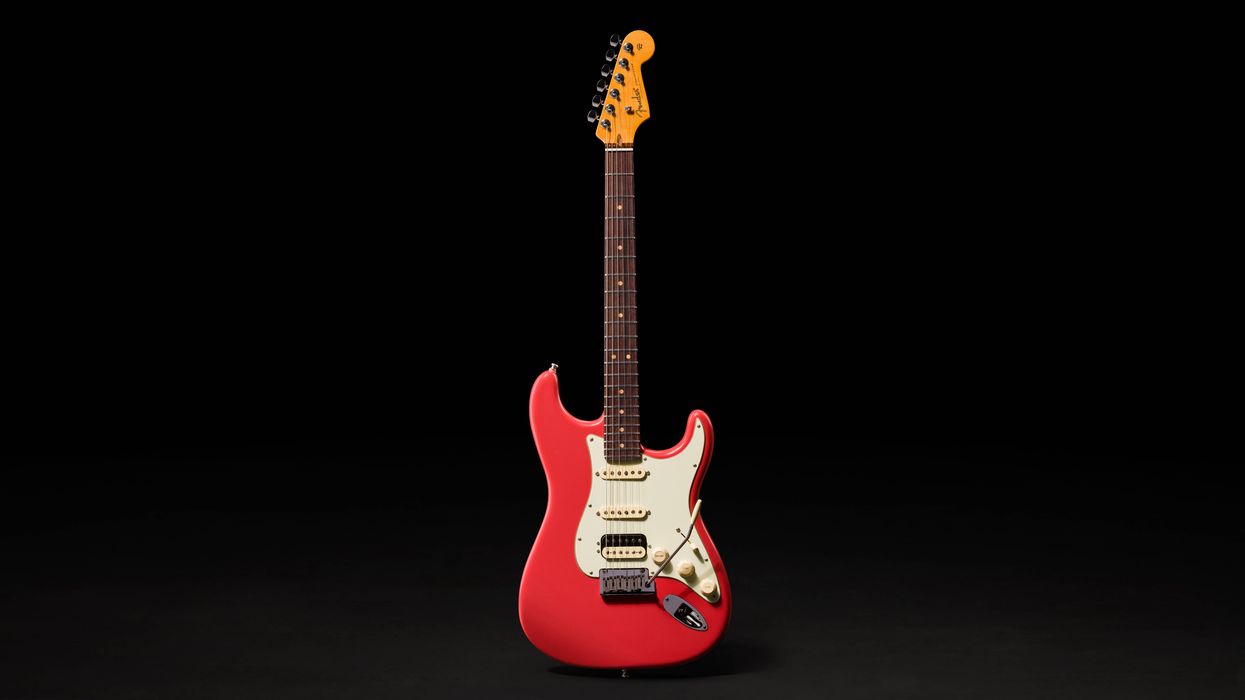
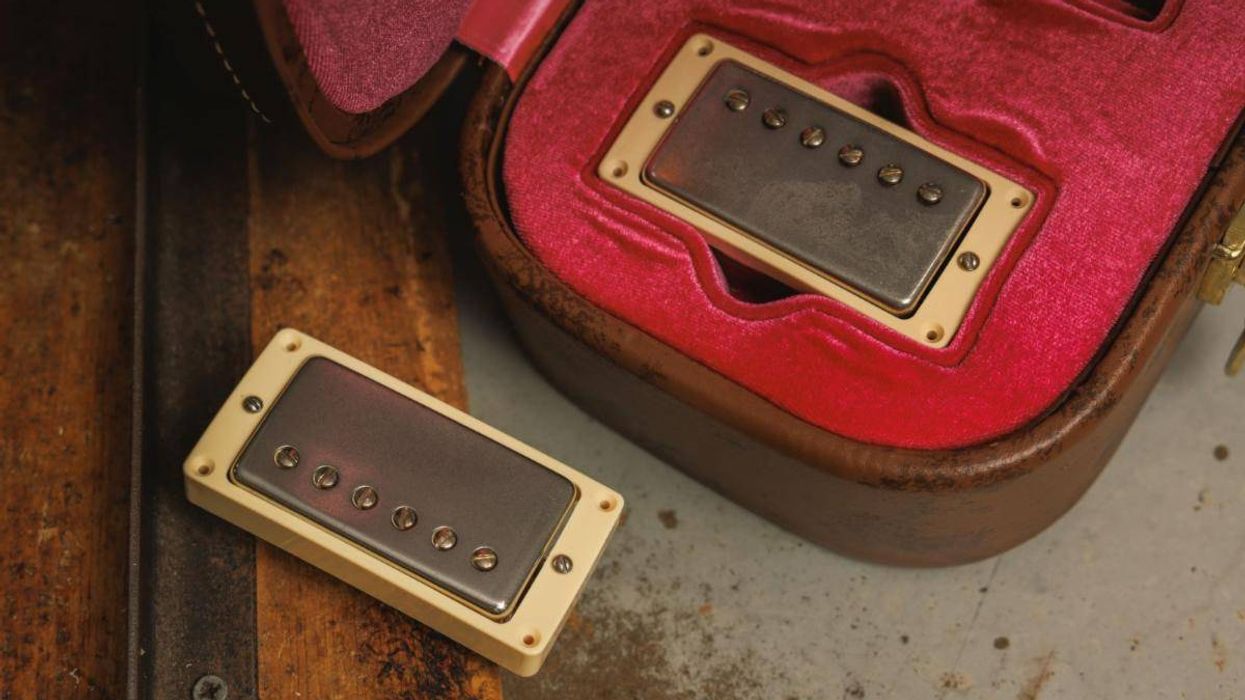


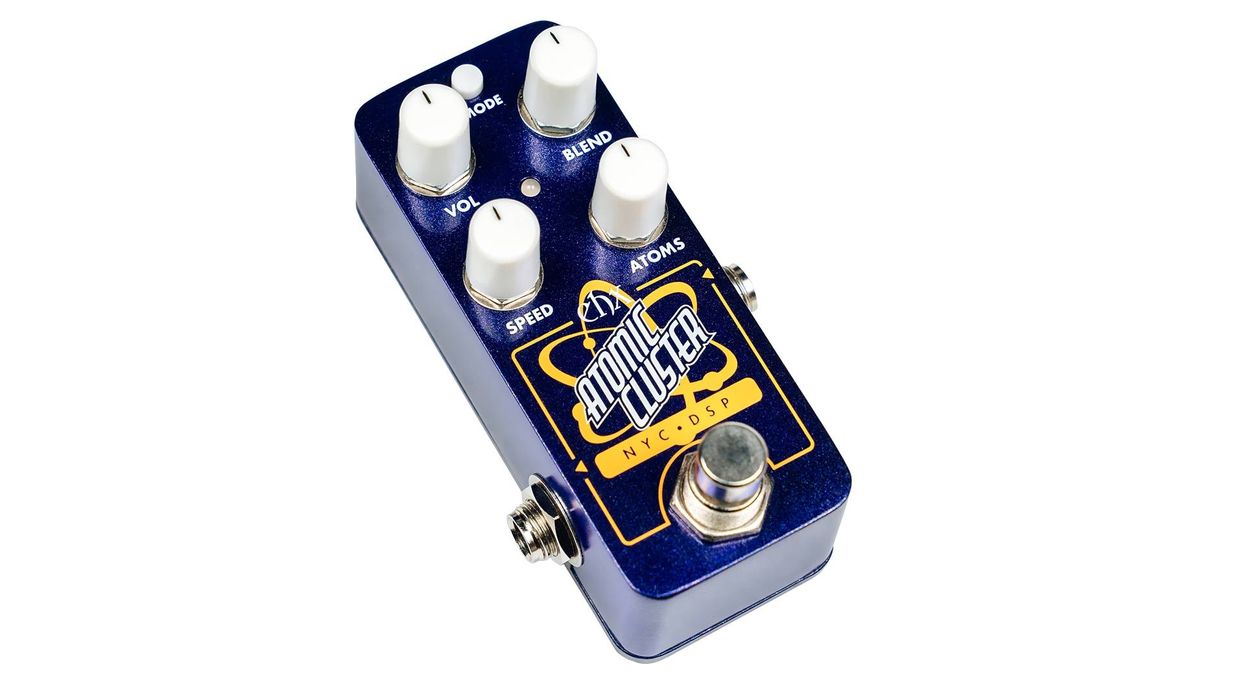




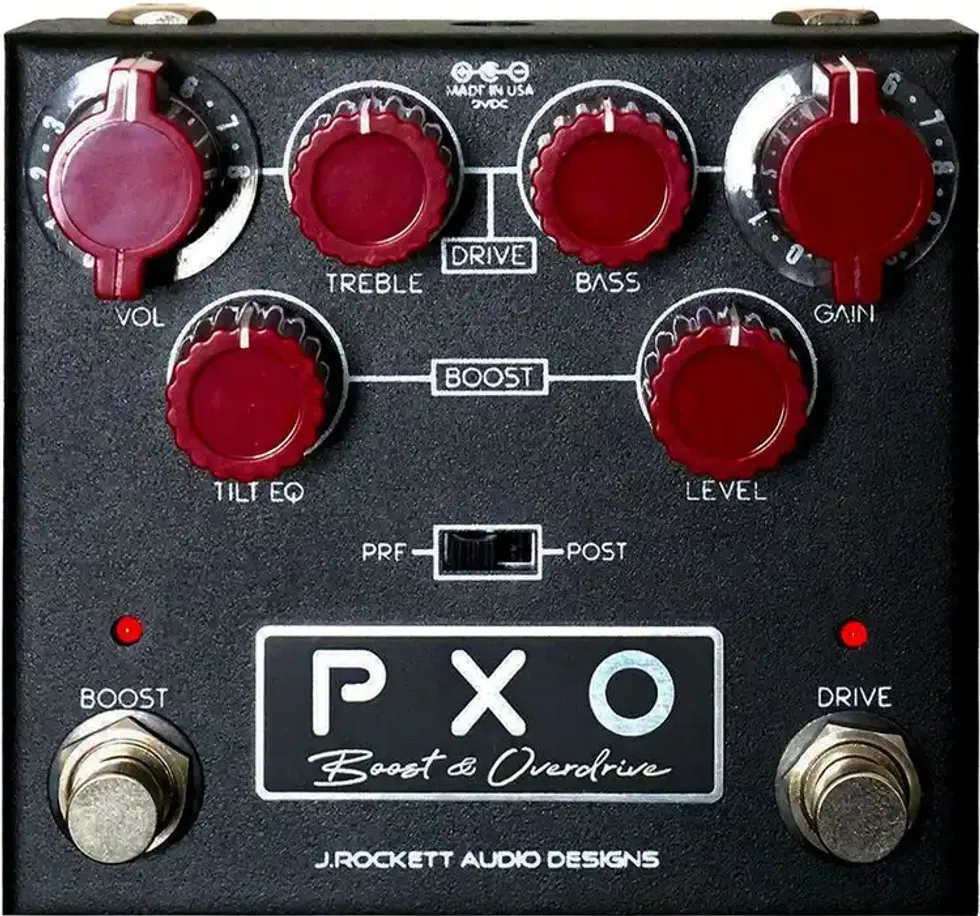
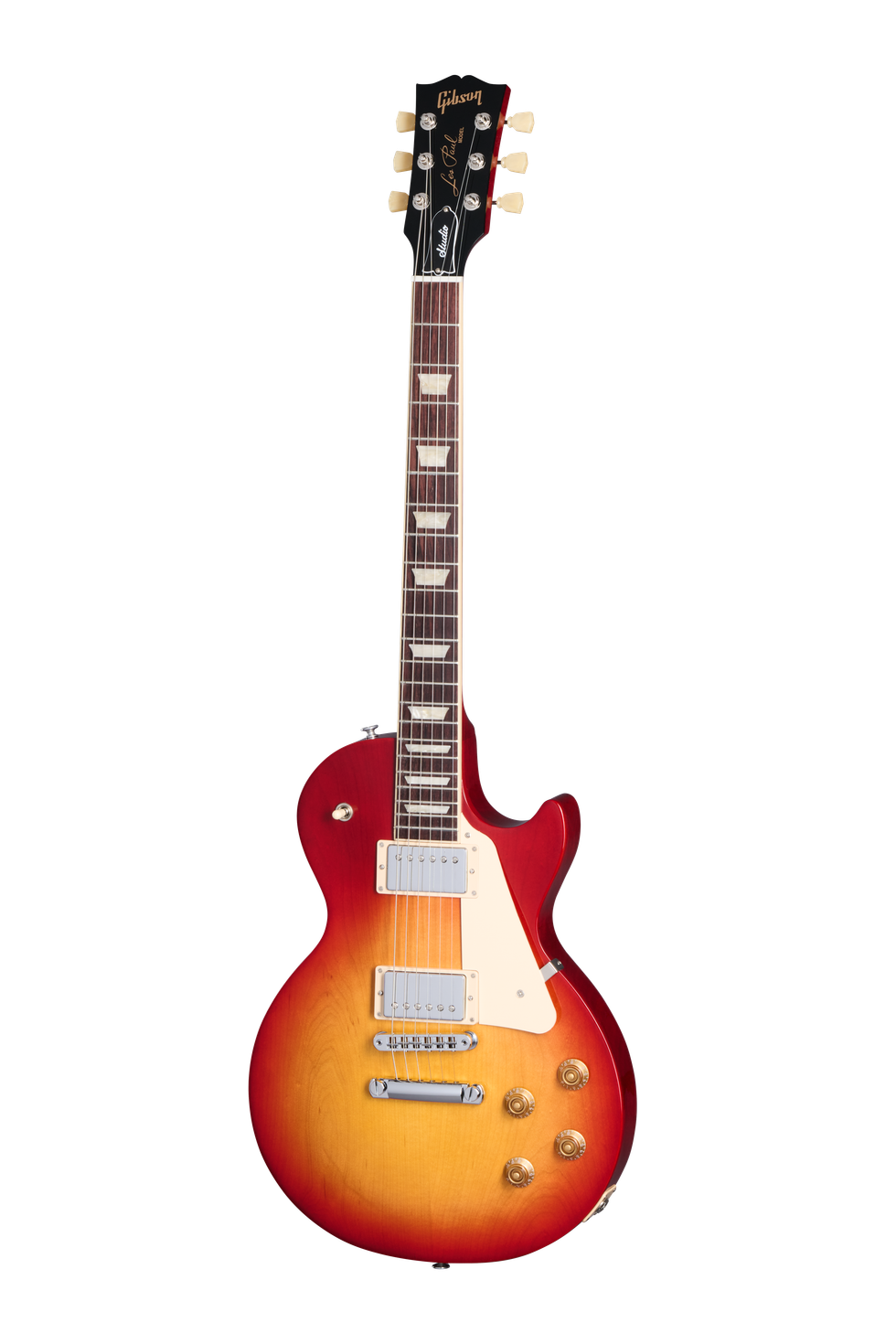


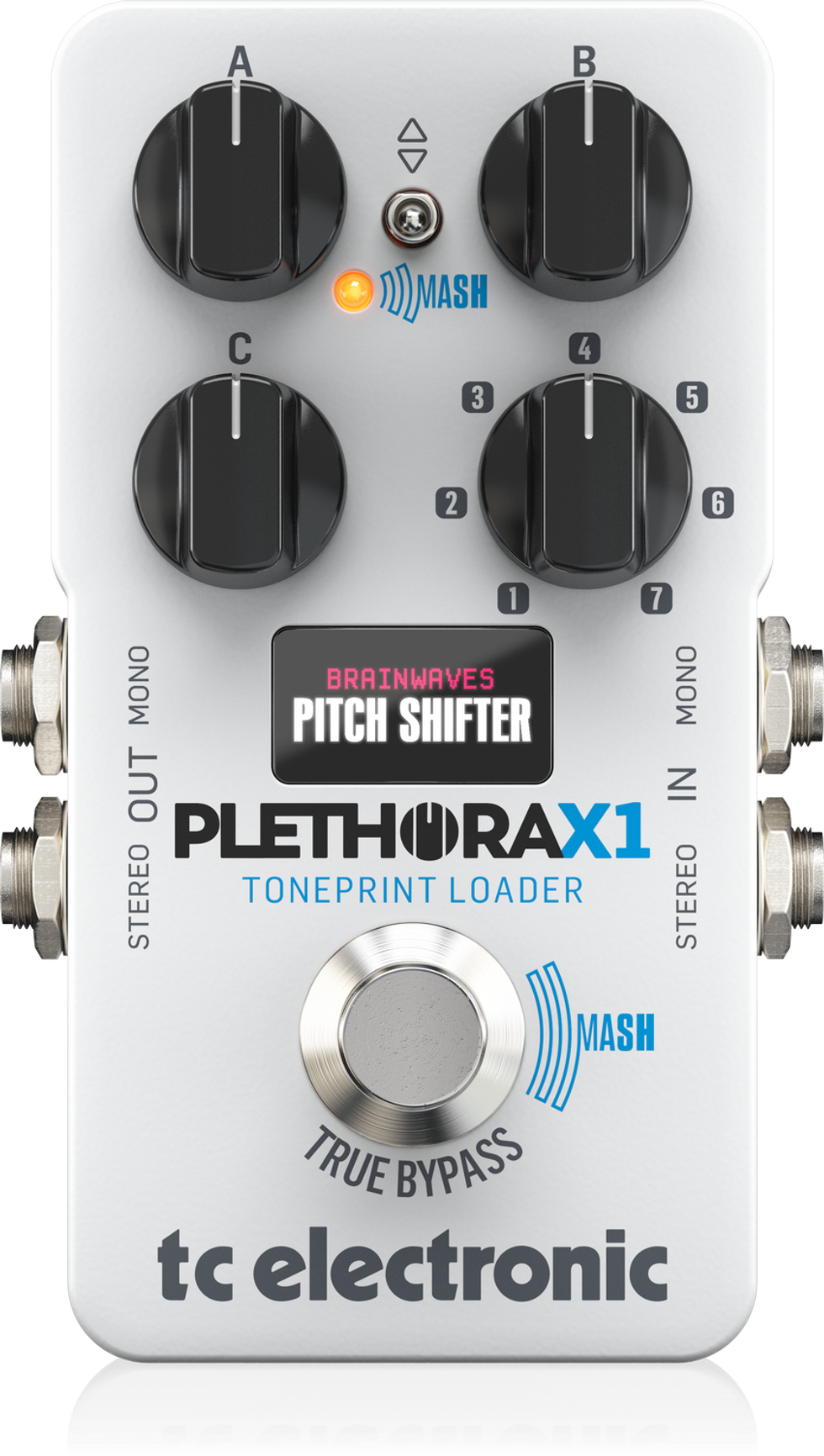
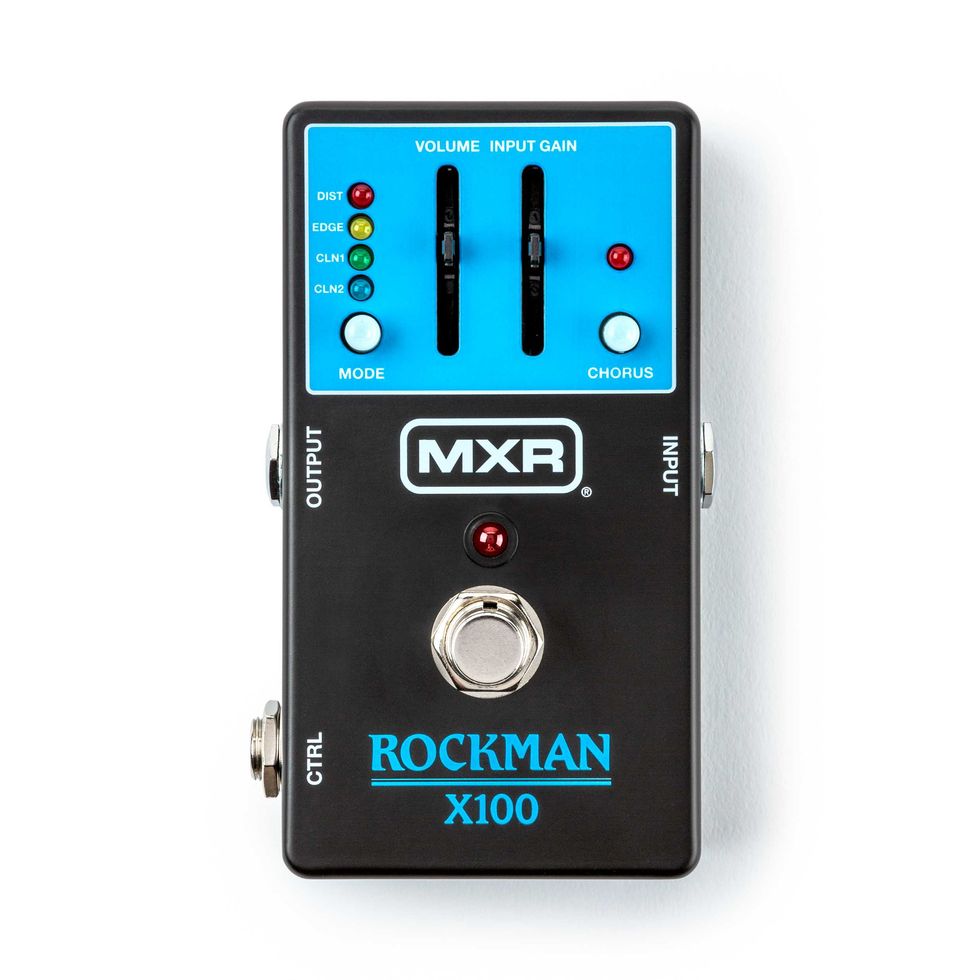


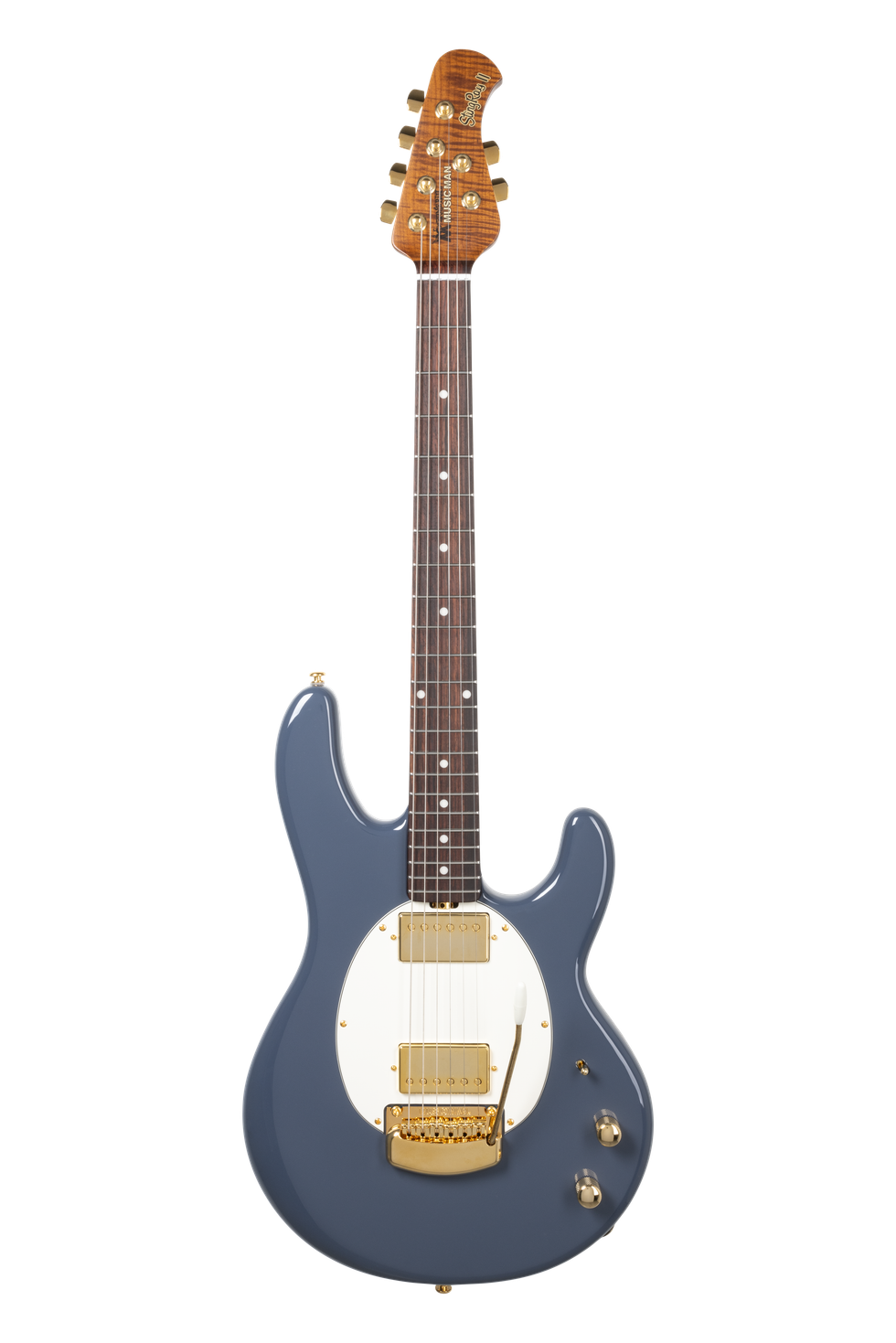
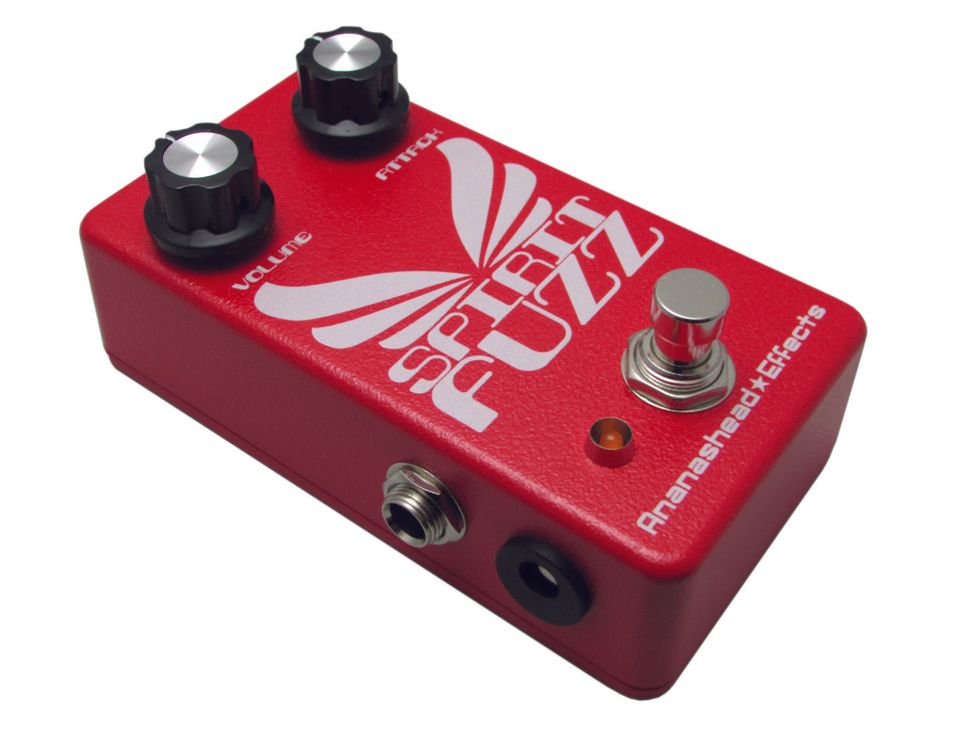

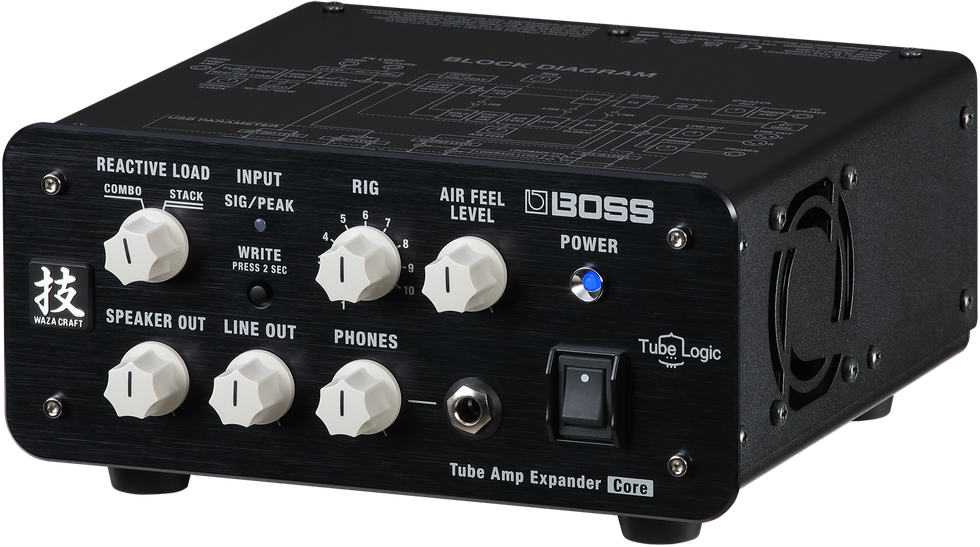
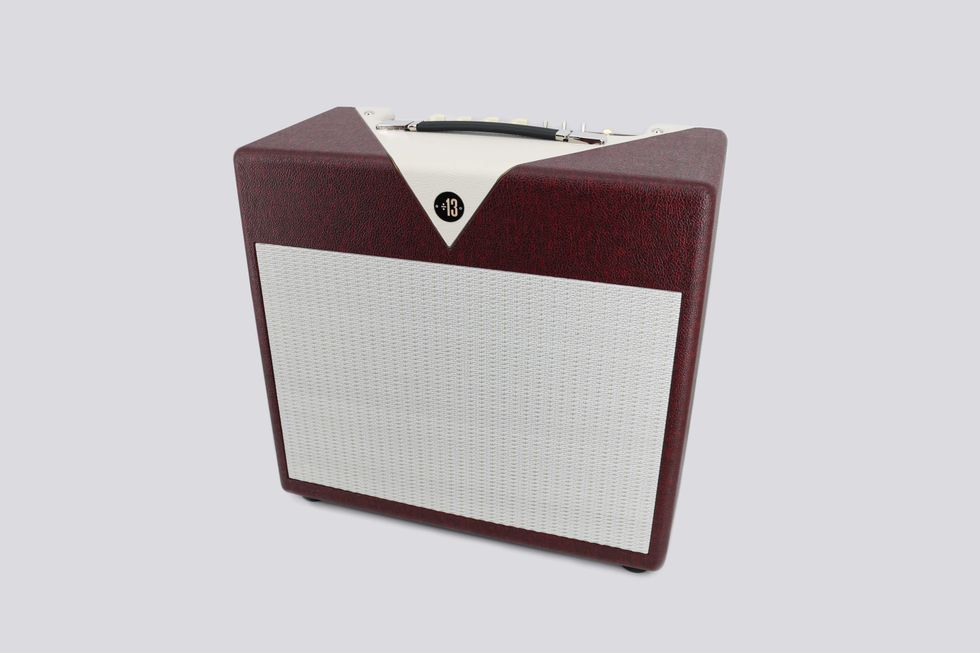
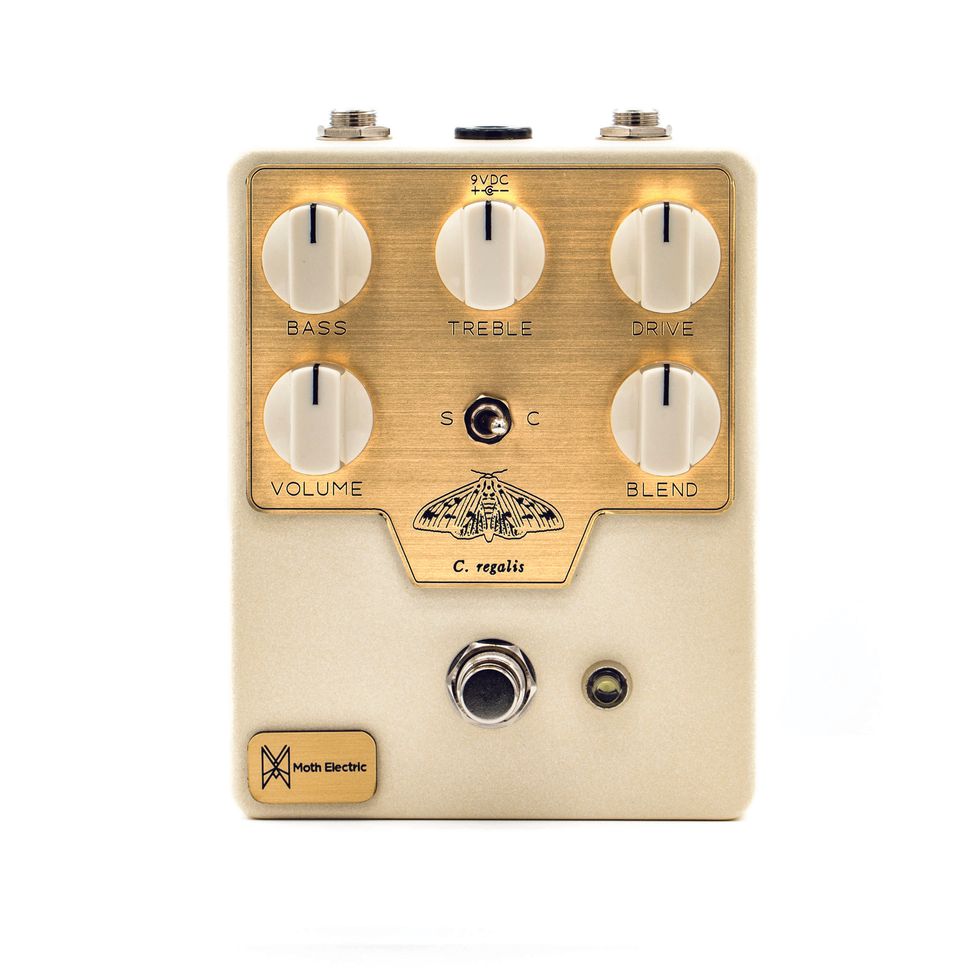
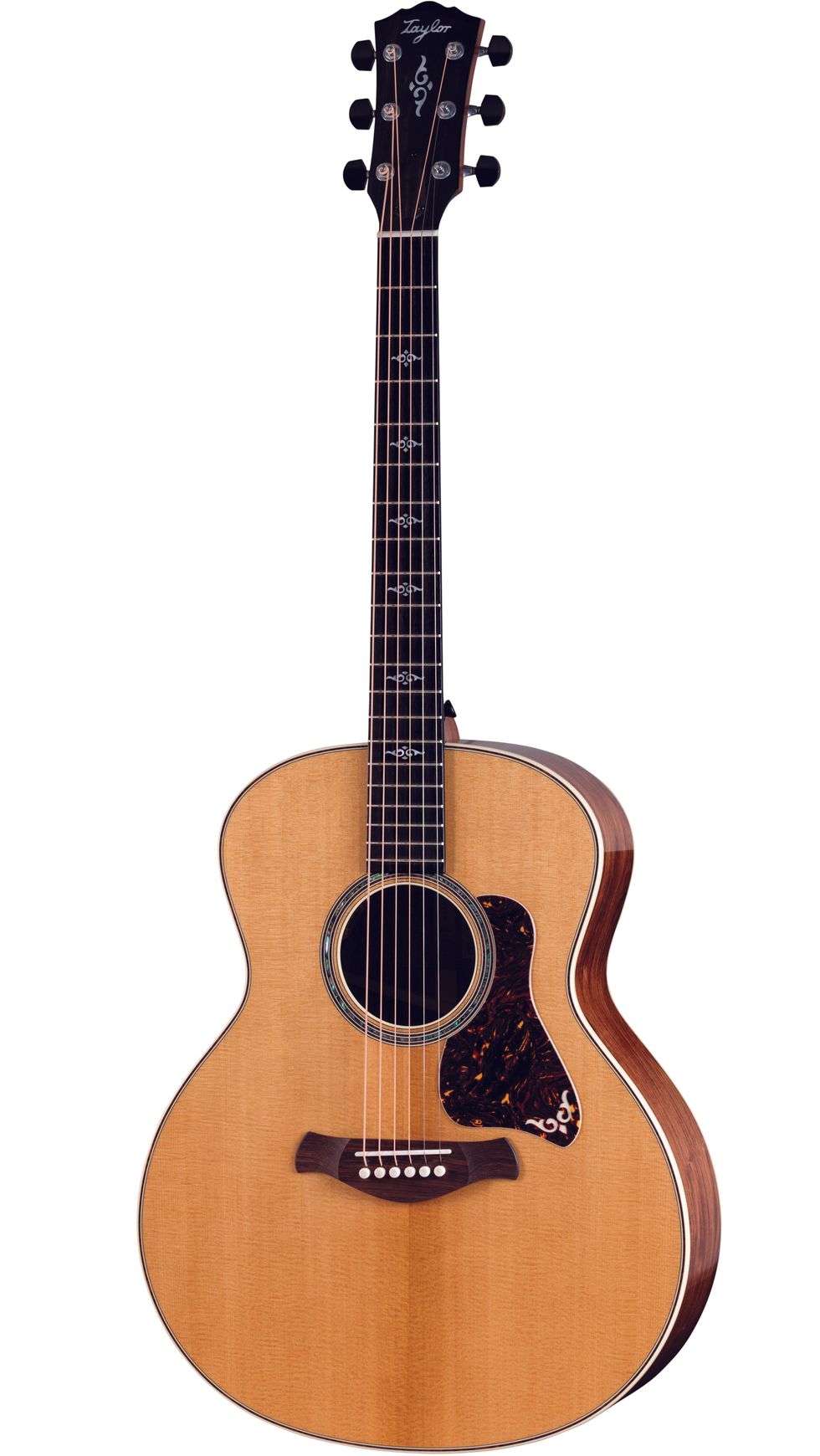
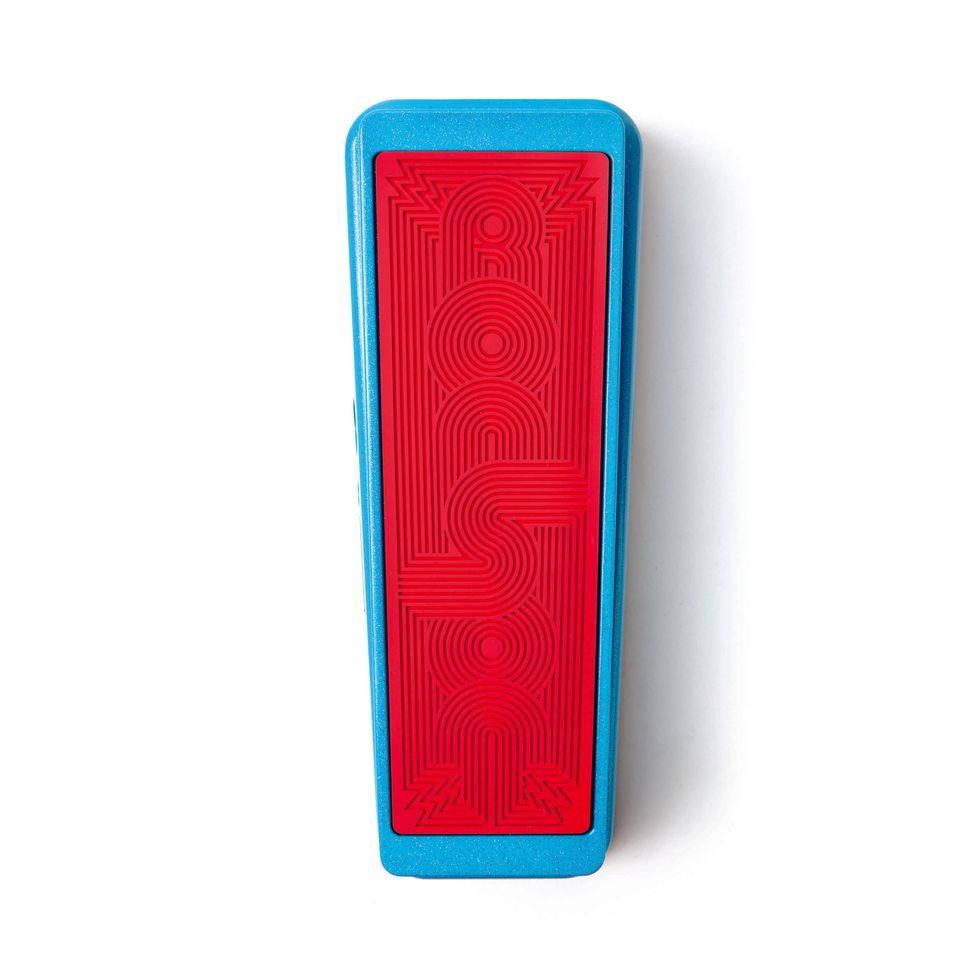
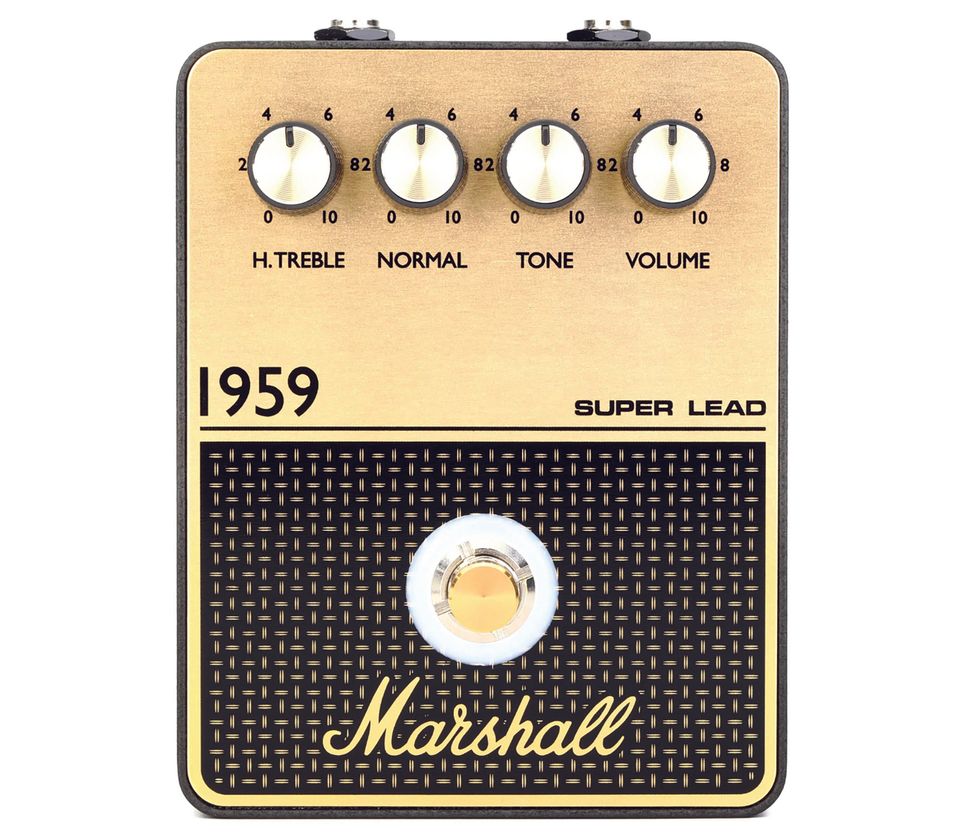

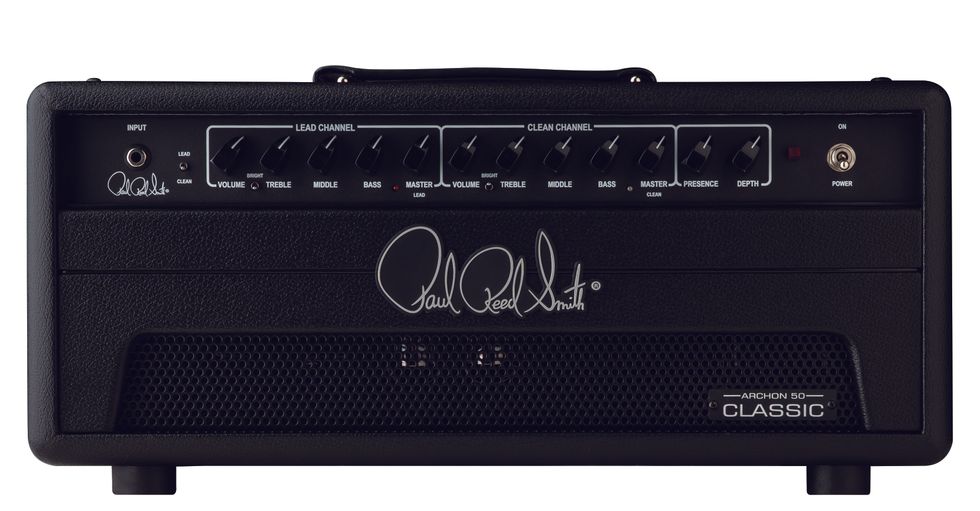

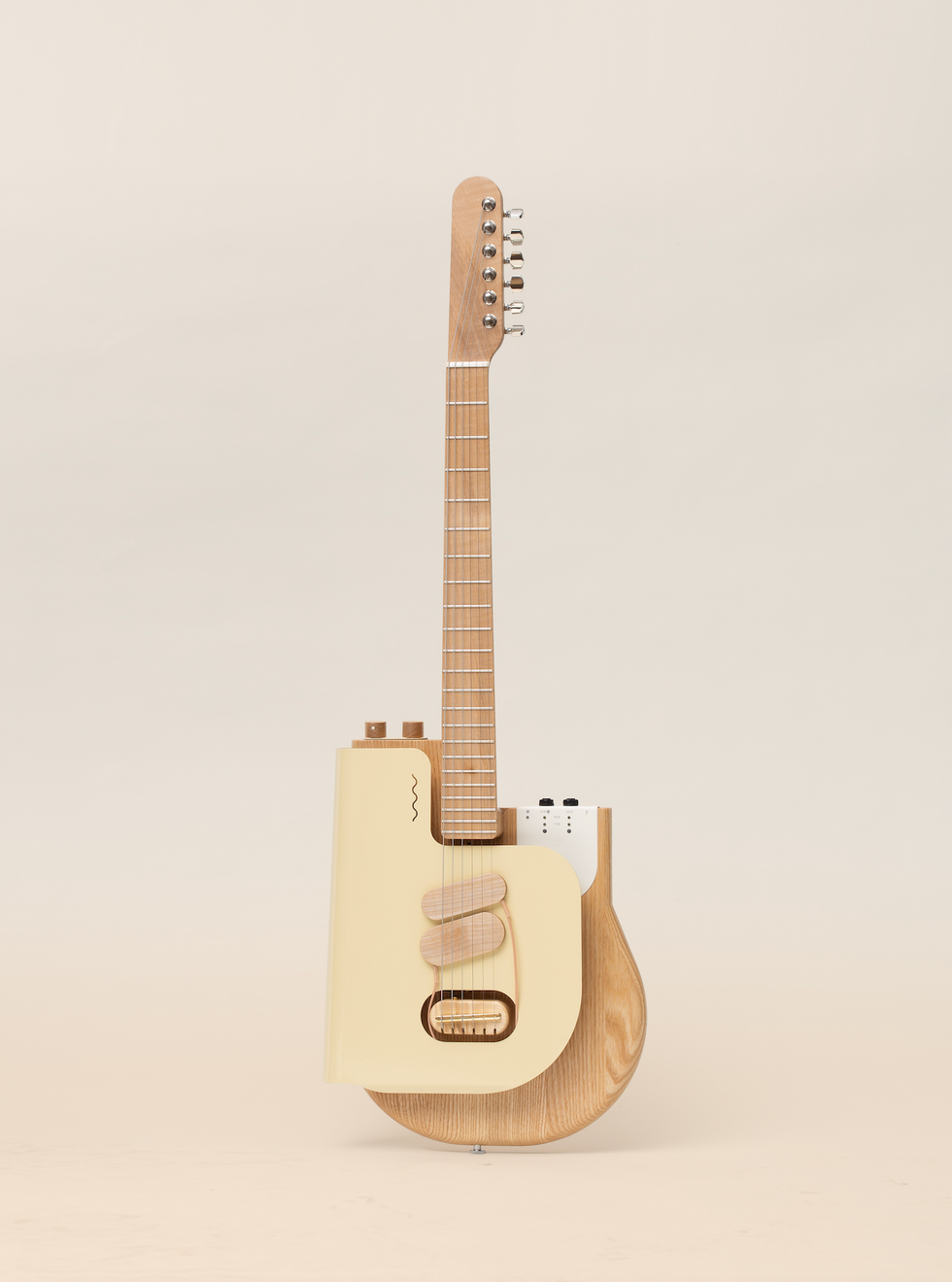

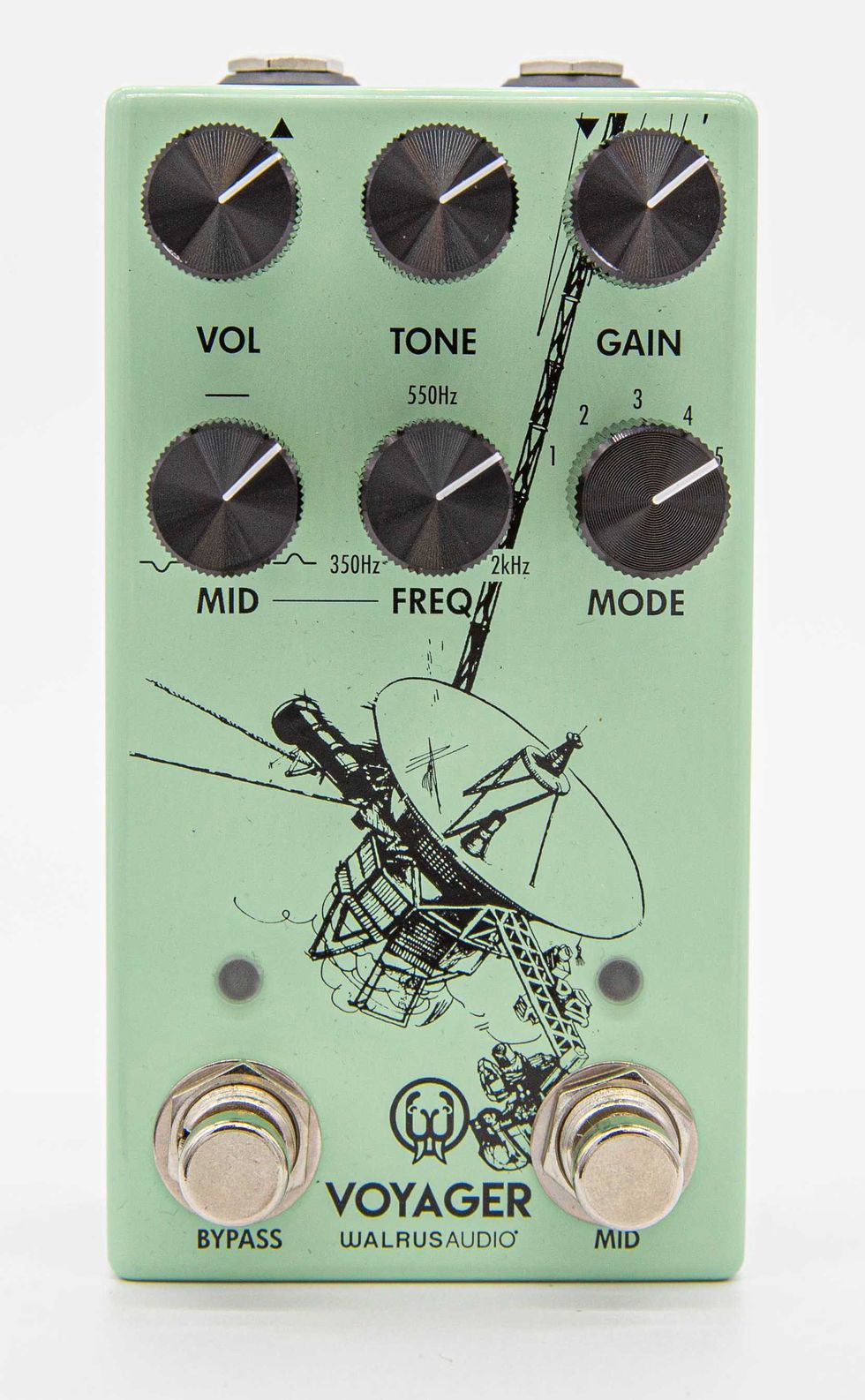
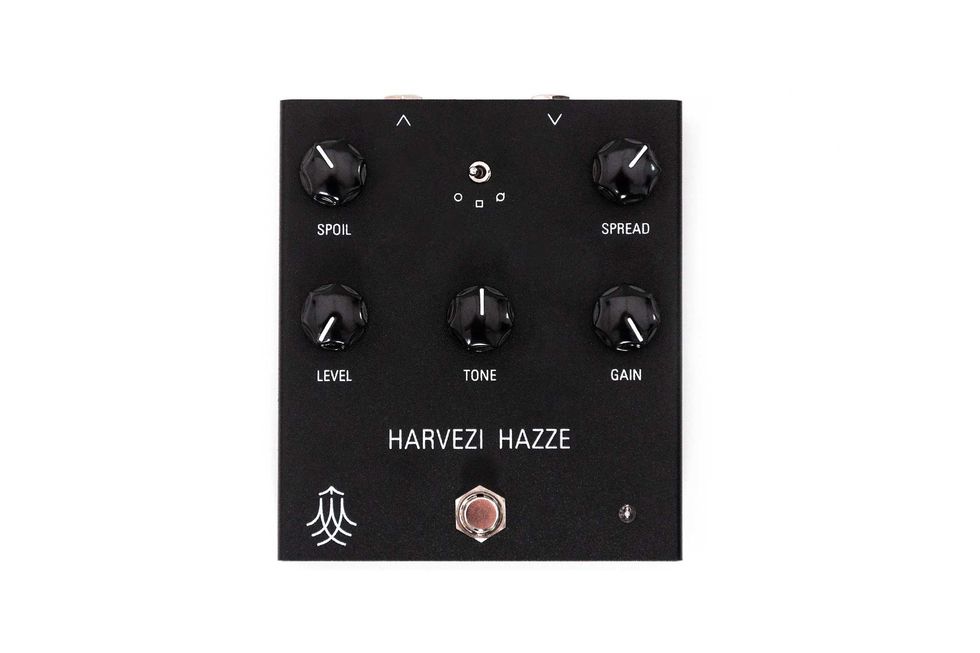

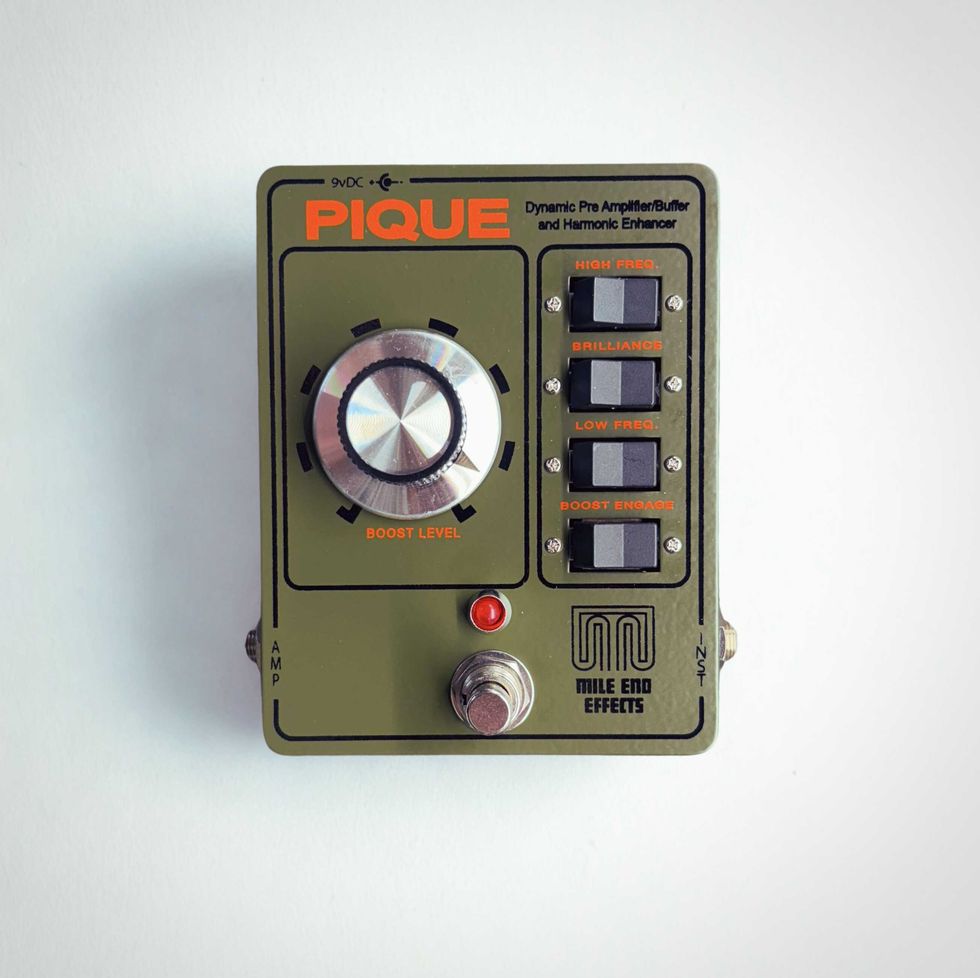

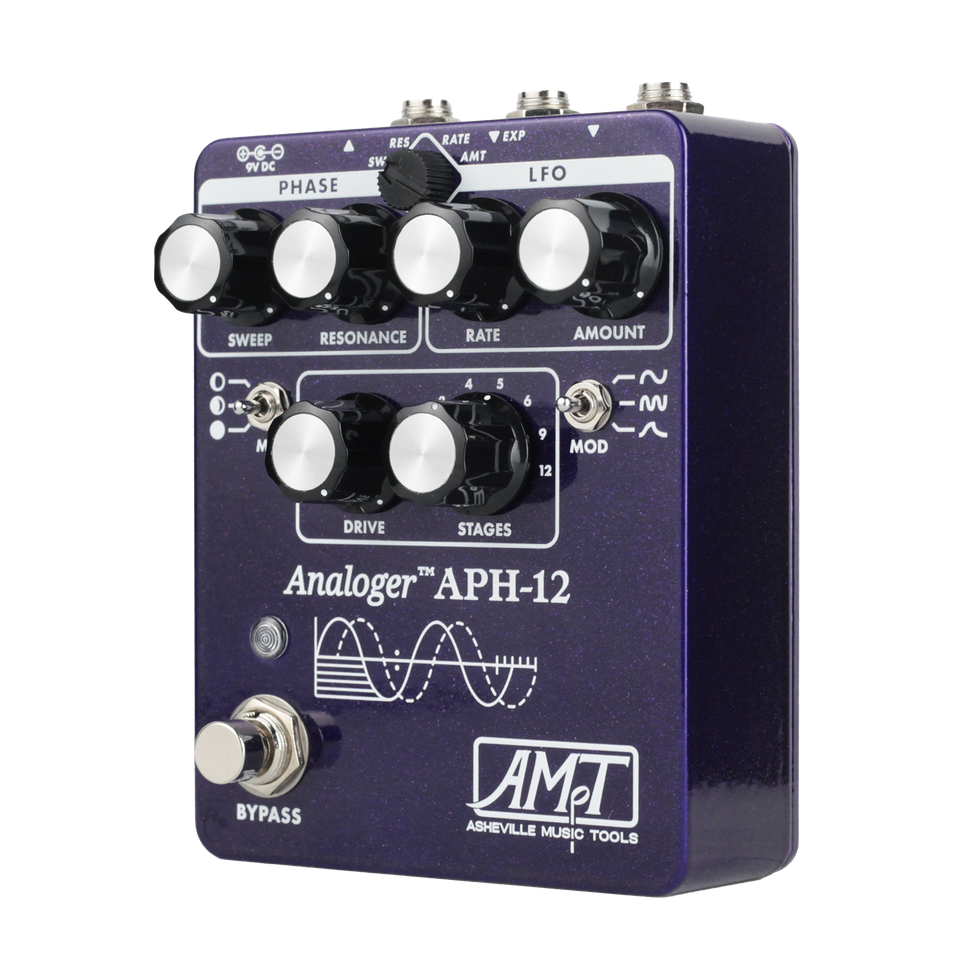

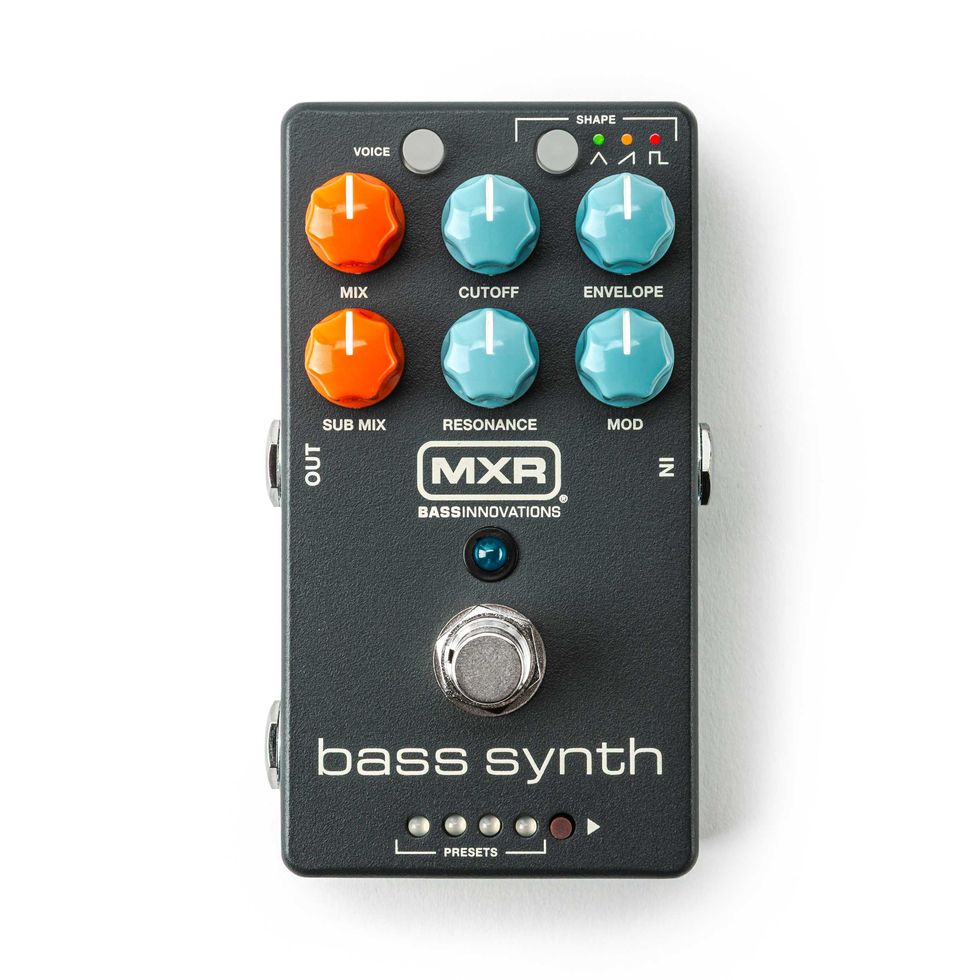
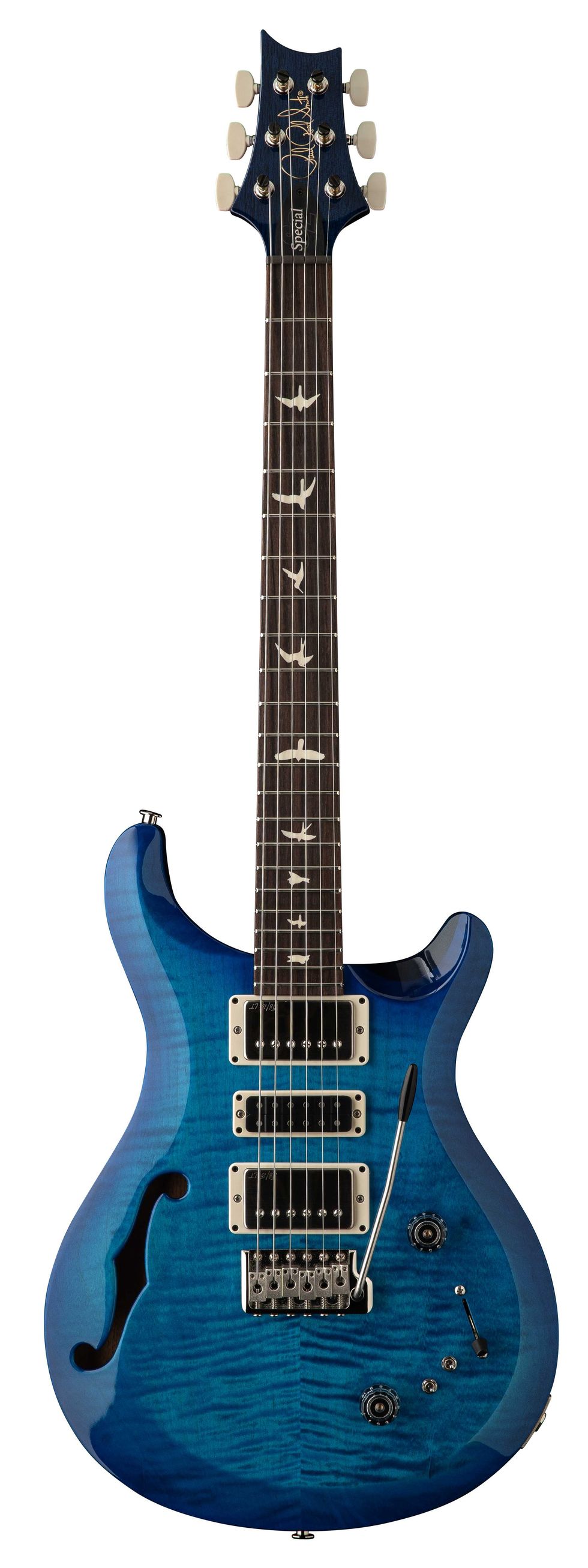

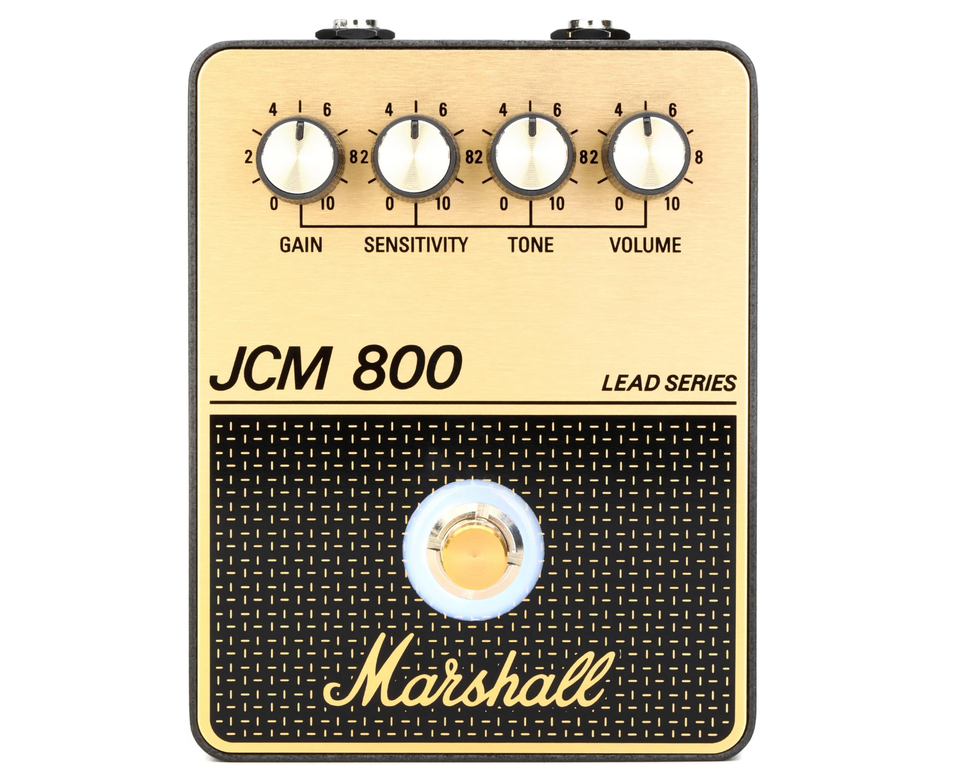
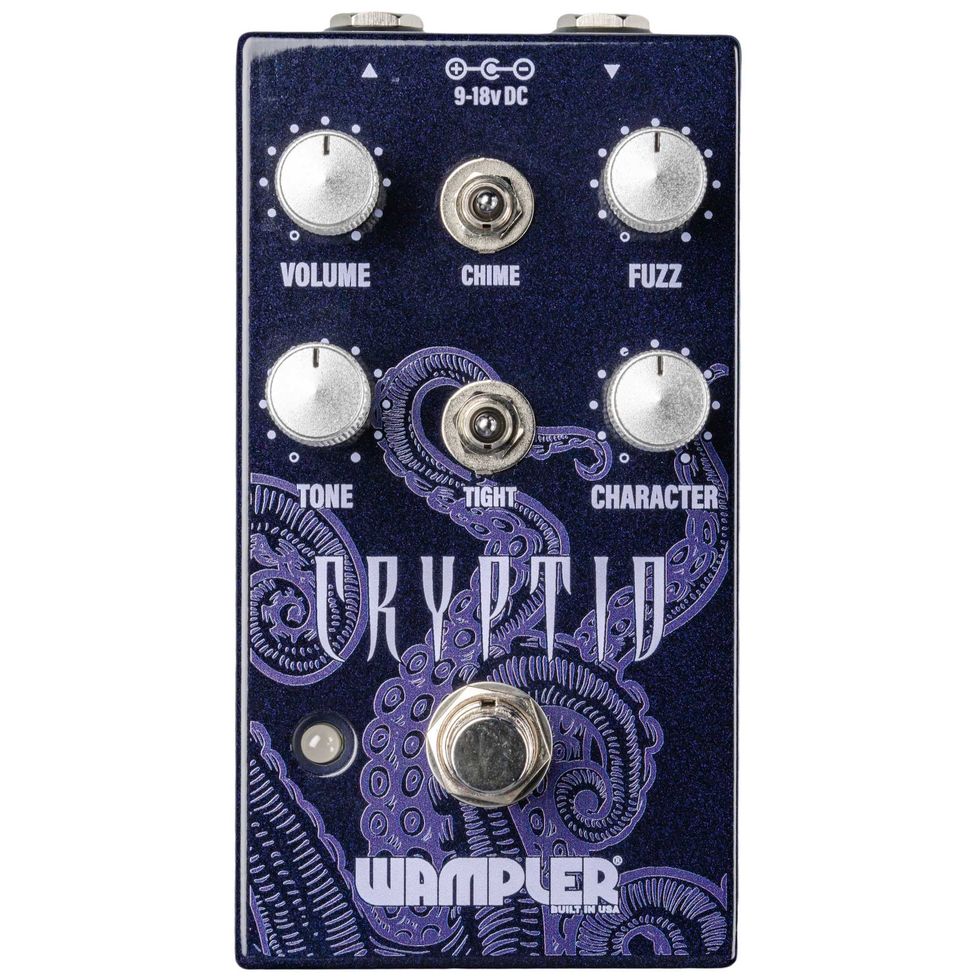

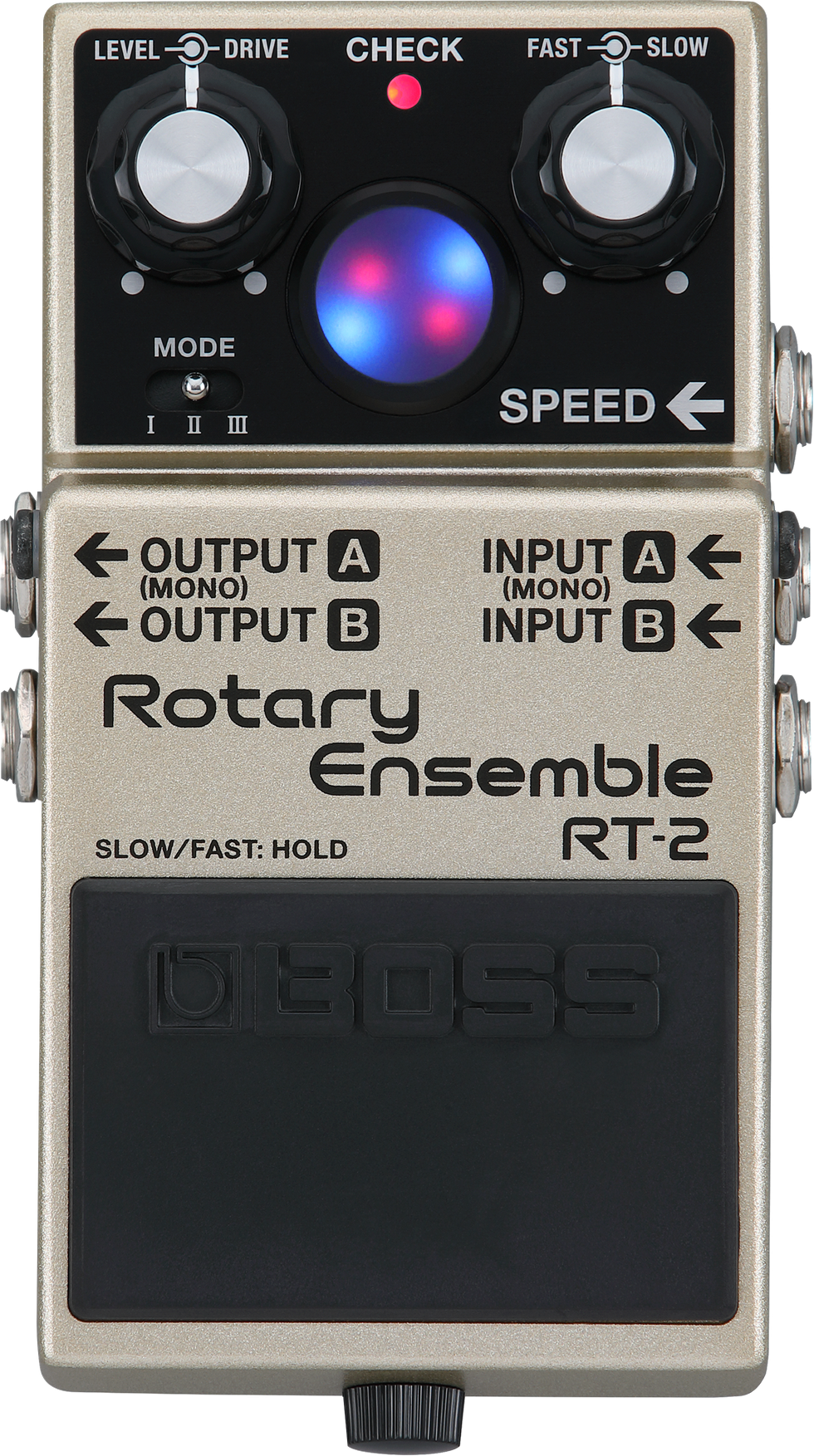

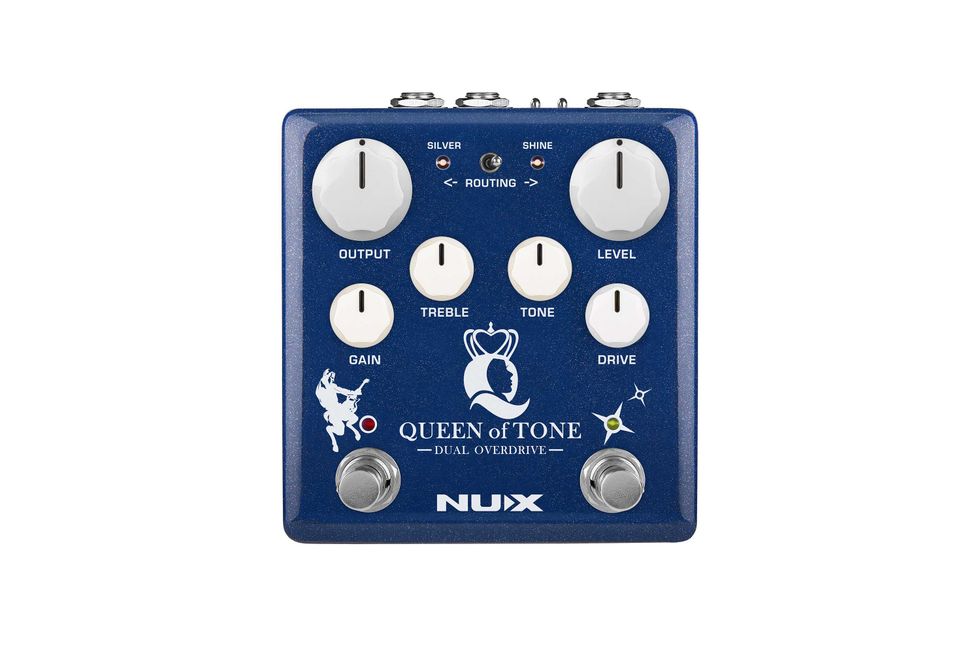
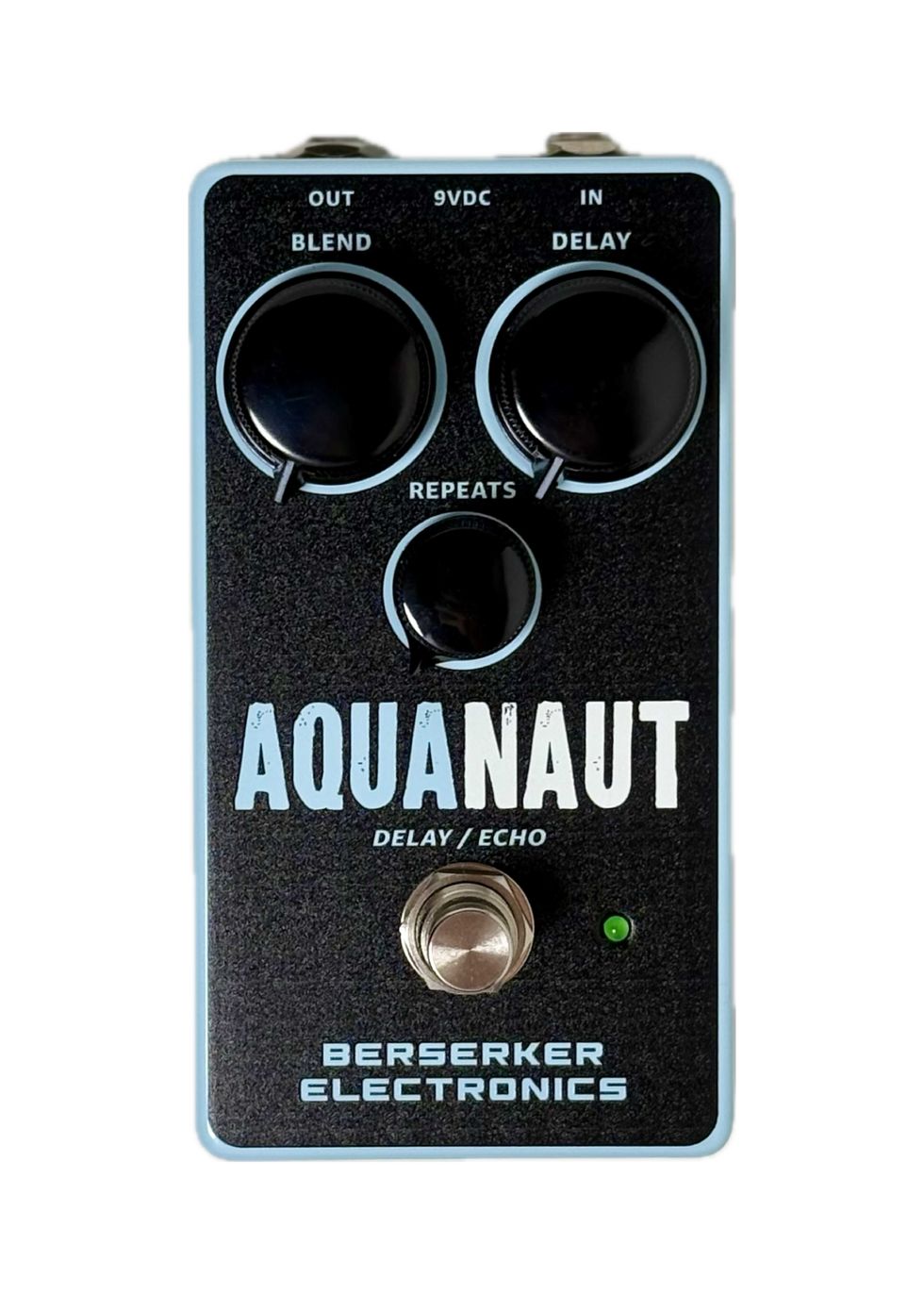
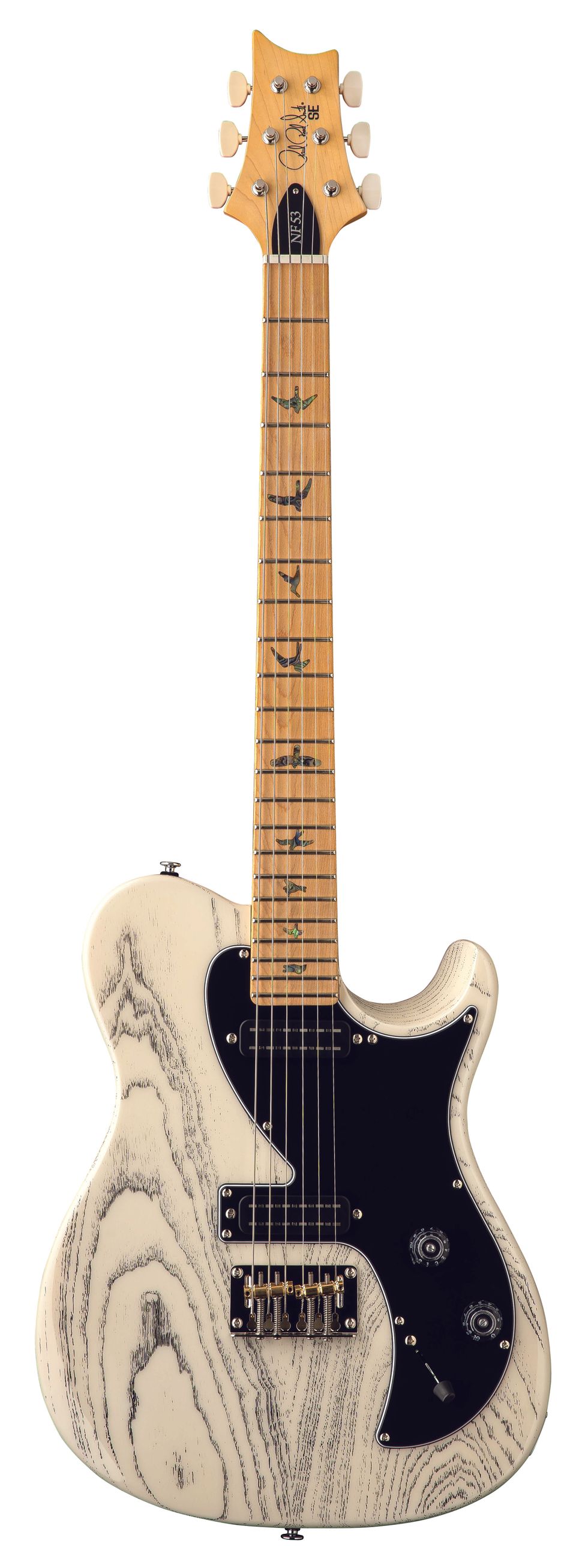
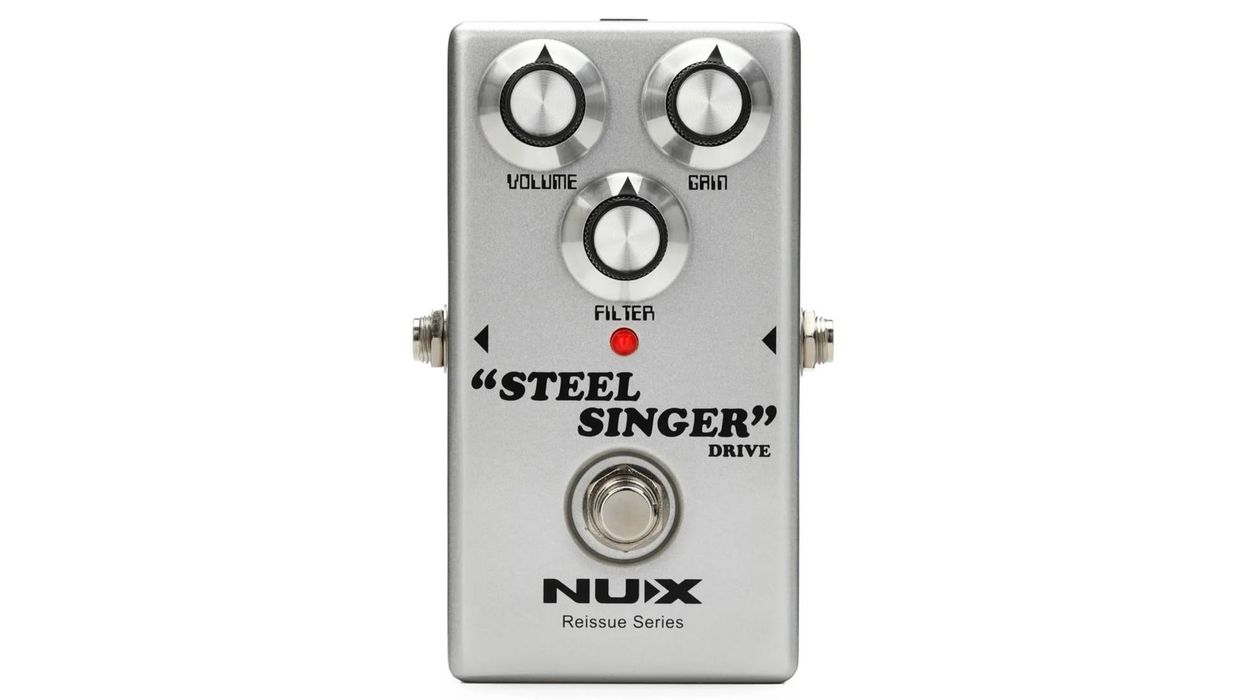
![Rig Rundown: AFI [2025]](https://www.premierguitar.com/media-library/youtube.jpg?id=62064741&width=1245&height=700&quality=70&coordinates=0%2C0%2C0%2C0)












 Shop Scott's Rig
Shop Scott's Rig